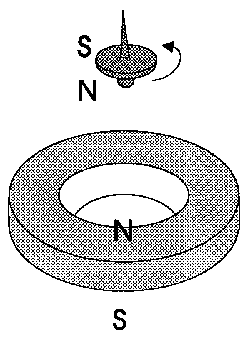"Magnet On A Leash"---Great idea Mart!! It works!!!
@Mart & All
I replicated Mart's "Magnet On A Leash" and was amazed at how well it works. It such a simple idea. It used my little pulse motor 'Turner' to demonstrate the idea in this video.
YouTube - Magnet On A Leash---Mart's great idea.ASF
Good job Mart.


Lid
@Mart & All
I replicated Mart's "Magnet On A Leash" and was amazed at how well it works. It such a simple idea. It used my little pulse motor 'Turner' to demonstrate the idea in this video.
YouTube - Magnet On A Leash---Mart's great idea.ASF
Good job Mart.



Lid
 I considered grinding it down so it would but without a machine shop I am afraid it would be a bad idea.
I considered grinding it down so it would but without a machine shop I am afraid it would be a bad idea.


 I call it the "Light Multiplier" because you get three for the price of one.
I call it the "Light Multiplier" because you get three for the price of one.


Comment